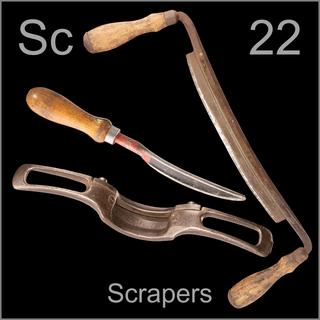 |
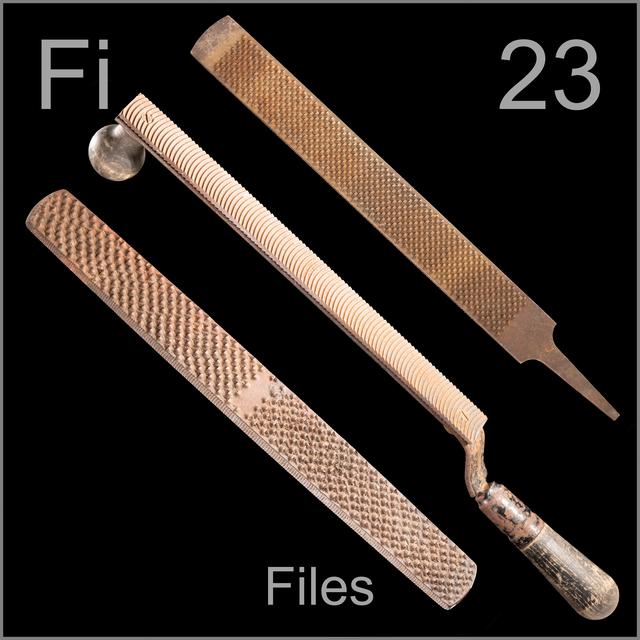
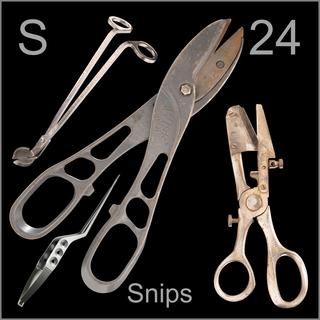 |
Leave a comment below! Or click on an individual tool to see more or leave a comment about that tool. |
|
 |
|
 |
| Round files. |
 |
| Weird triangle file. |
 |
| Wood rasps typically have one flat side and one curved side. |
 |
| By cutting lines in two directions, the file is made more aggressive for either wood or metal filing. |
 |
| Wood Rasp |
 |
| Nail files are not for the kind of nail you’re supposed to pound with a hammer. They are for the kind of nail that you should try hard not to hit with a hammer, but sometimes do anyway. |
 |
| You want to weak thick gloves when using a rasp like this, which has large, sharp teeth and no handle. It removes wood rapidly and leaves deep score marks. |
 |
| Wood rasp. |
 |
| Wood rasp. |
 |
| These rasps have holes that go all the way through the blade so chips can clear out the back side. They are made a lot like cheese graters—in fact the same company that developed them also sells cheese graters. |
 |
| If you have a lot of filing to do on metal parts, a pneumatic power filer can save your arm. |
 |
| I could have shown you a cheese grater here, but instead I’m showing you a foot grater. Same principle, different smelly stuff. |
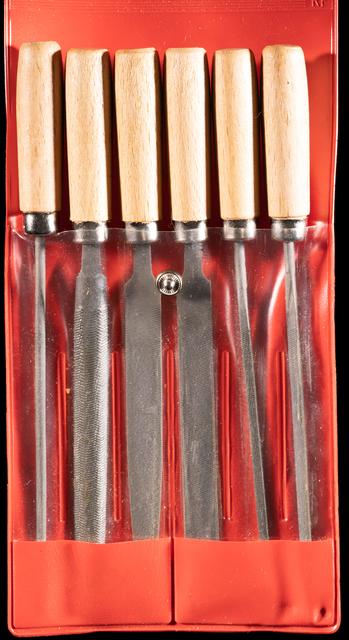 |
| Mini file sets are nice for detail work. |
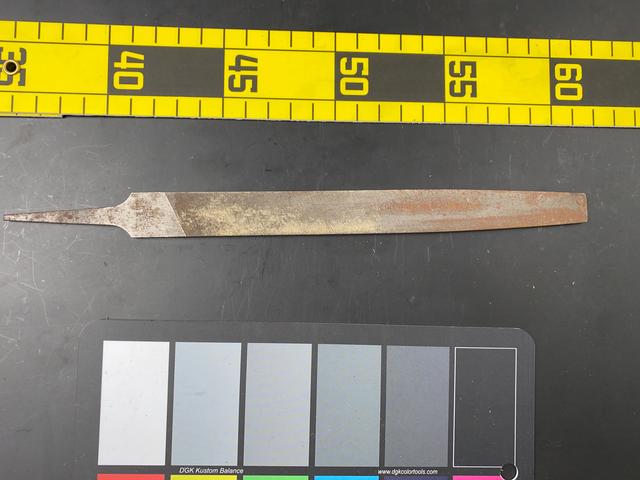 |
| Large Single Cut File |
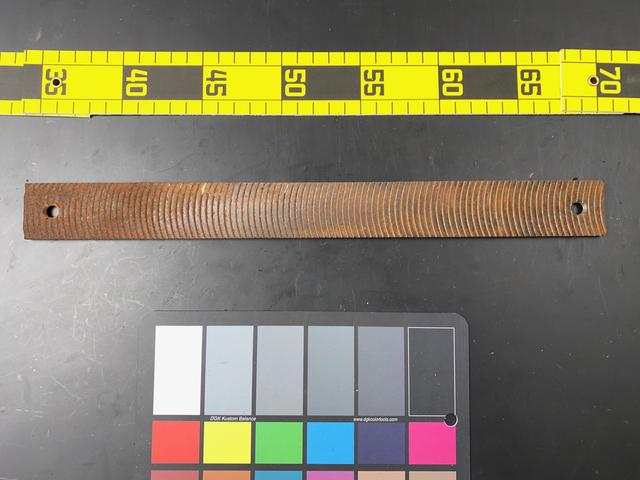 |
| This type of file is called a float. It can be used a bit like a plane to smooth wood, but can also round edges and aggressively remove wood. |
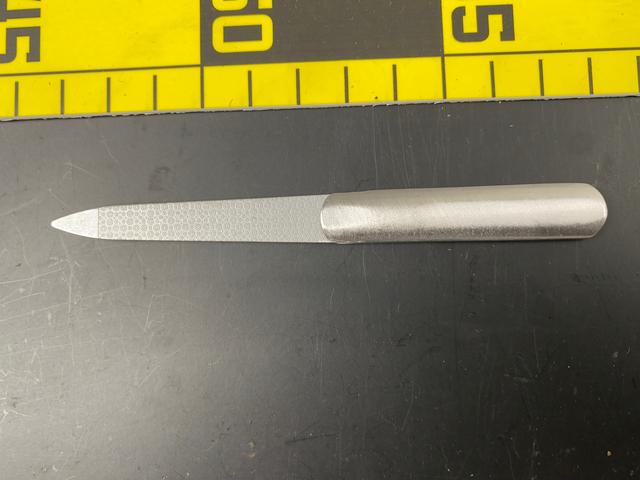 |
| Nail File |
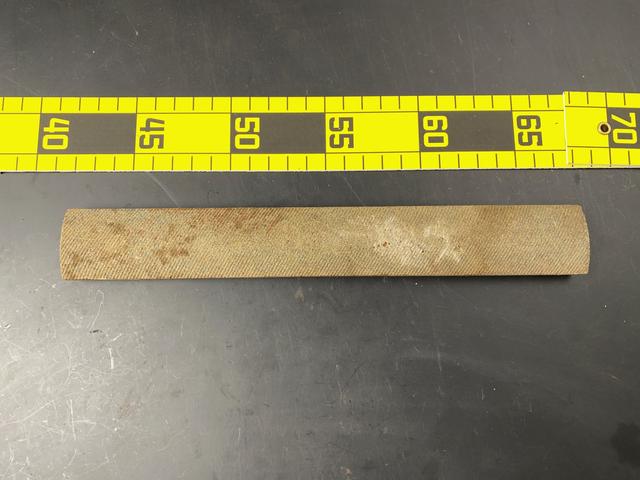 |
| Files come in a lot of different shapes sizes. Flat and curved files are for filing outside edges, while round, square, and triangular files are for inside curves and holes. |
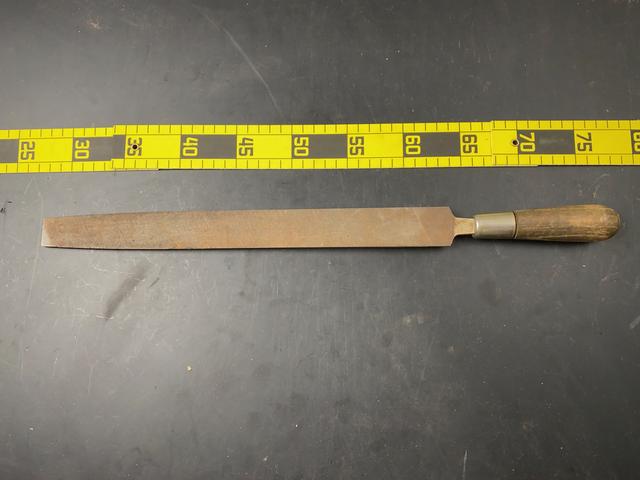 |
| Single-cut files have straight rows of teeth with no cross-cutting. |
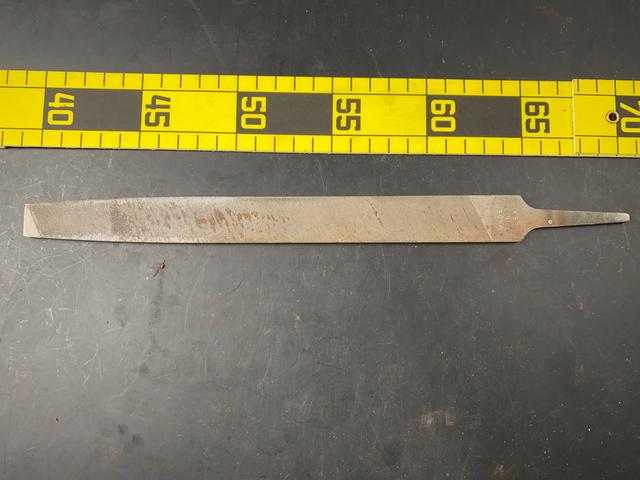 |
| Metal File |
 |
| Metal File |
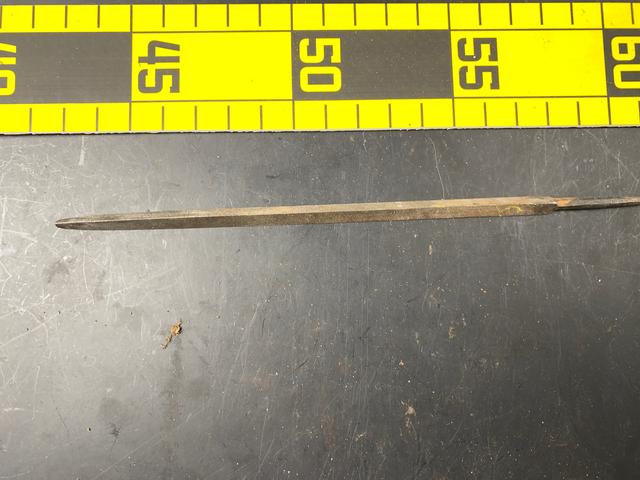 |
| Triangle file. |
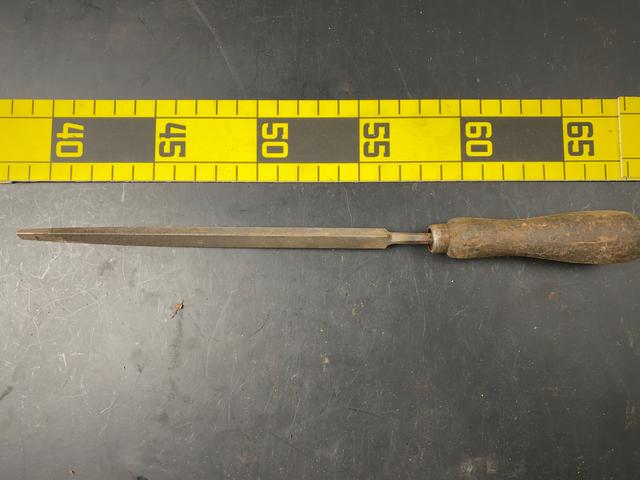 |
| Triangle File |
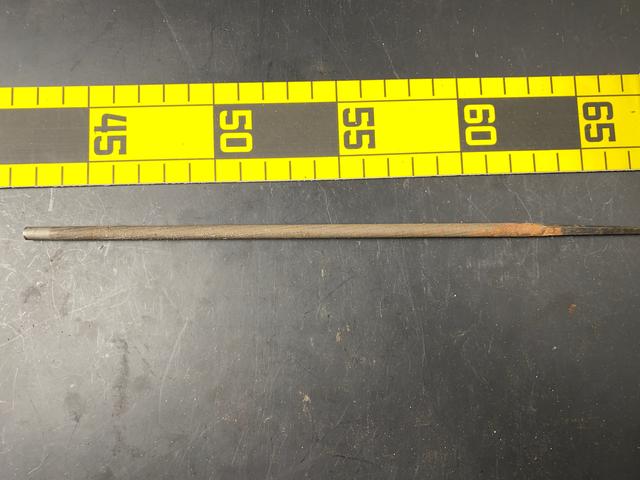 |
| Triangle File |
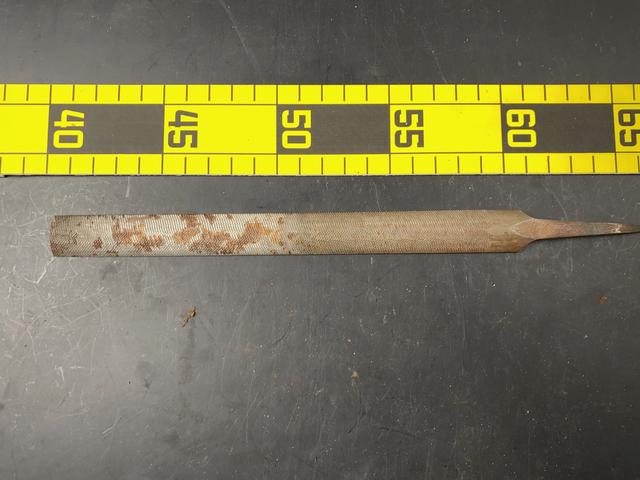 |
| Round File |
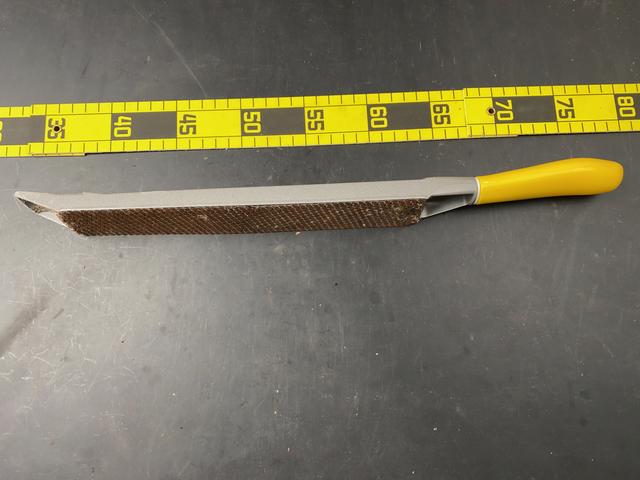 |
| Wood Rasp |
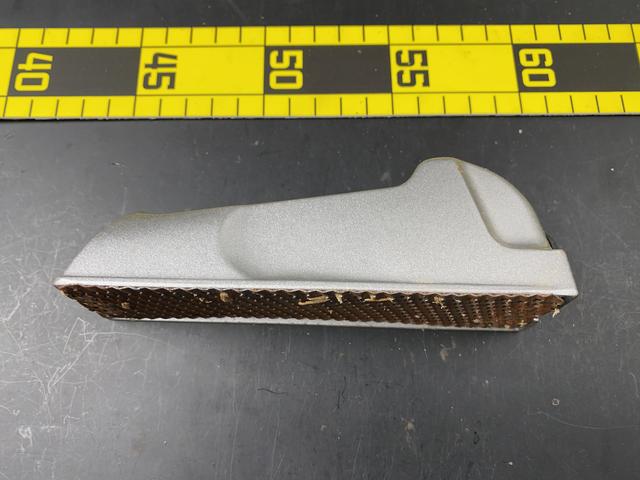 |
| Wood rasp. |
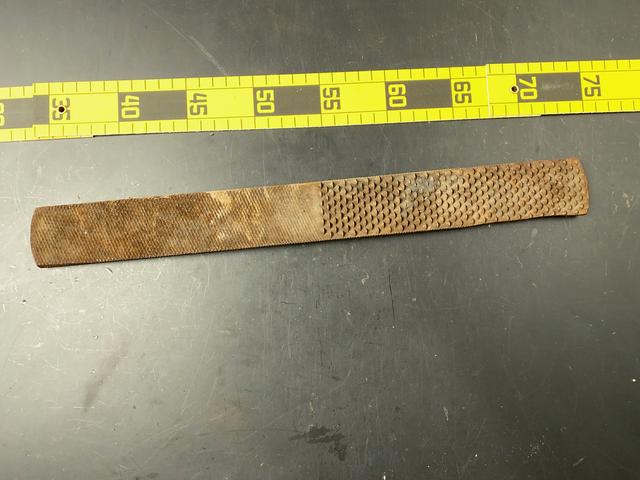 |
| Wood rasp. |
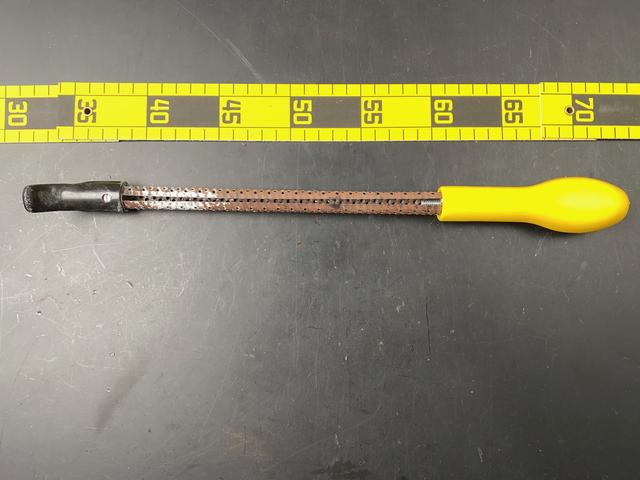 |
| Round wood rasp. |
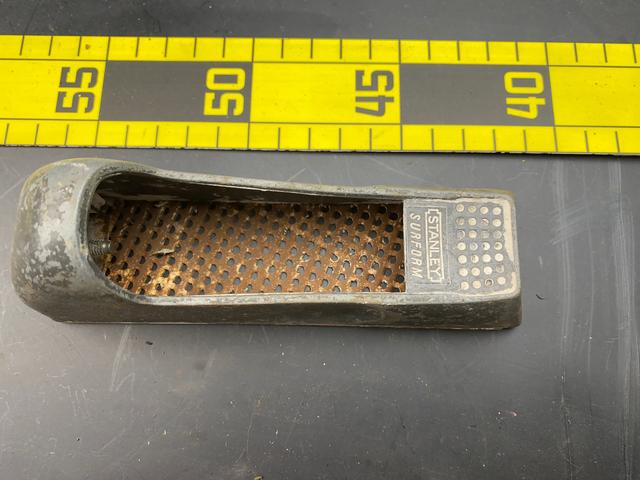 |
| Wood rasp. |
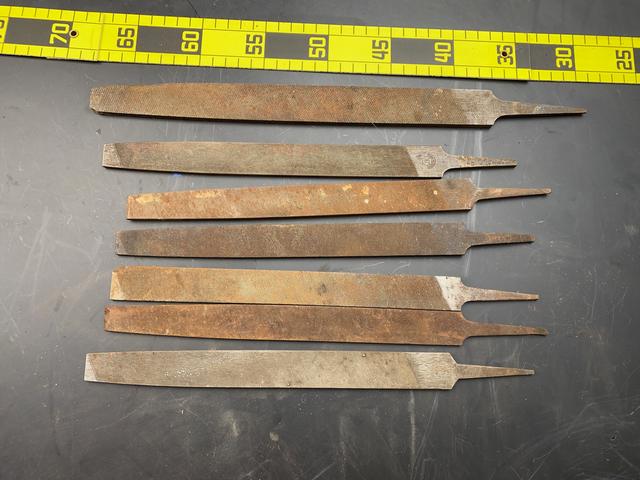 |
| Files. |
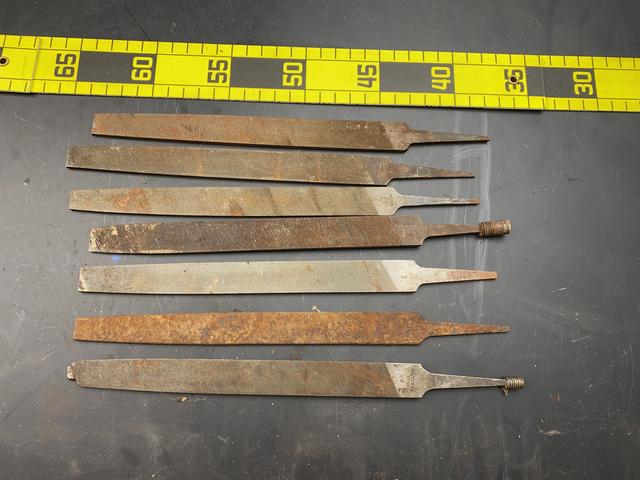 |
| Files. |
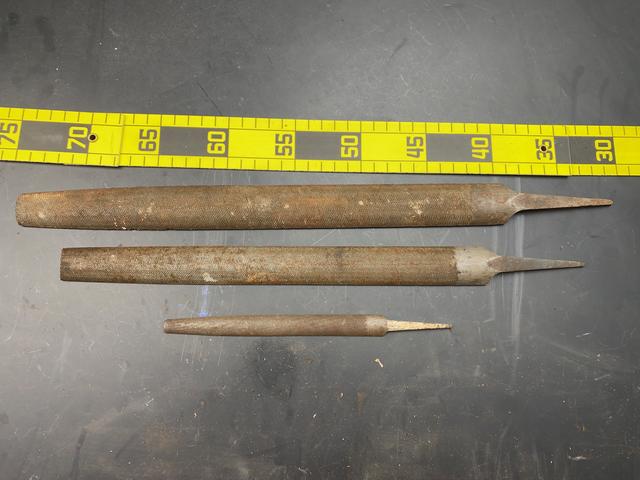 |
| Files. |
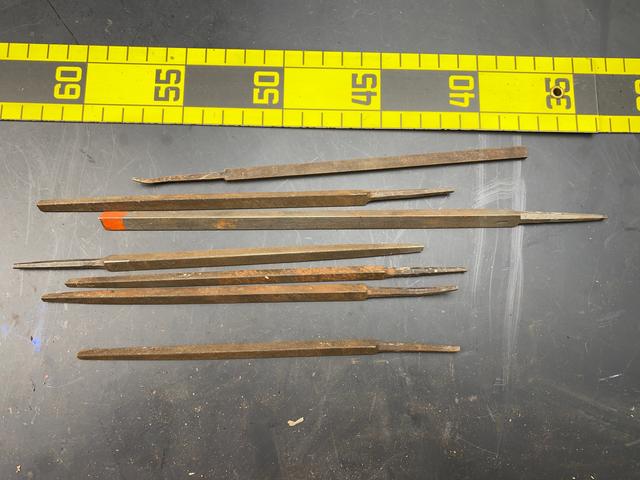 |
| Triangle files. |
Do you have a better example of this kind of tool? Let me know by leaving a comment, and include a picture of it if you can so everyone can see!